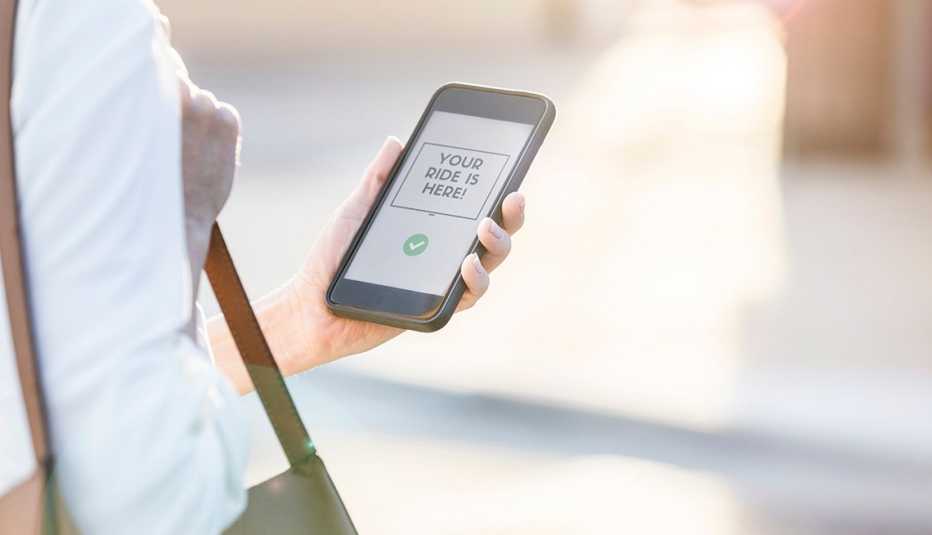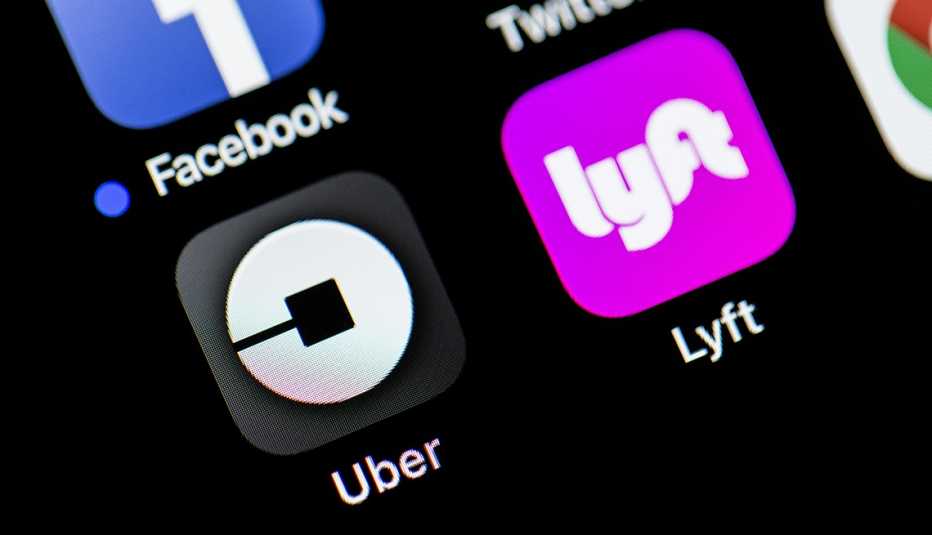Staying Fit


Sometimes the best way to get around is for someone else to take the wheel. That’s the thinking behind popular ride-hailing apps like Uber and Lyft, which let passengers book rides straight from their smartphones. And while older adults are aware of these services, many aren’t sure exactly how they work — that’s according to research conducted by AARP Driver Safety, which launched a series of Ride@50+℠ workshops this fall designed to help older adults start ride-hailing with confidence.
The free, 90-minute workshops were held this fall in Fort Worth, Texas, and Indianapolis, Ind., where participants got a hands-on introduction to ride-hailing, including downloading and learning how to set up the apps.


AARP Membership— $12 for your first year when you sign up for Automatic Renewal
Get instant access to members-only products and hundreds of discounts, a free second membership, and a subscription to AARP the Magazine.
The first thing to know: What, exactly, is ride-hailing? Ride-hailing, also called ride-sourcing or ride-sharing, is a way for people to request rides to and from the location of their choice, using a smartphone app. Users download the app, create a profile and securely add their payment information. To request a ride, simply enter your pickup location and destination. Once you're matched with a driver, you'll get to see their name, car information and location, which makes identifying your ride easy.


Payment is processed automatically through the app, and the price is calculated and displayed in advance, meaning you’ll know the cost of your ride before you confirm it. It’s also possible to schedule a ride in advance, which is especially helpful for older adults with recurring appointments or for someone trying to coordinate transportation before and after a medical procedure.
Easy-to-arrange rides can help people maintain their independence and stay active as they age. As Kyle Rakow, vice president and national director of AARP Driver Safety, puts it, “Mobility is critical to individual well-being." More than half of non-driving U.S. adults age 65 and over report staying home on any given day because they don’t have transportation, which may mean fewer trips to the doctor and less time spent on social and family activities.
Dolores Montelongo, 76, says she's seen the benefits of ride-hailing firsthand as a driver for a popular ride-hailing app for the past three years. She volunteered at a Texas workshop this October to answer participant questions and clear up common misconceptions about ride-hailing, including:
Do I get to choose who my driver is? No, the app will assign you a driver based on proximity. You’ll have the chance to rate your driver in the app after your ride.
Should I tip in cash? Nope. All payment — including optional tipping — is done securely through the app.
Will the price of a ride along the same route always be the same? Not necessarily. The fare for a ride can change depending on traffic or demand, but you’ll always see the price of your trip before confirming your ride.
For more information about the Ride@50+ program, which AARP Driver Safety hopes to expand in 2019, visit www.aarp.org/ride.


































































More on auto
Uber Begins Service Linking Patients to Health Care
Doctors and other providers can arrange trips through a centralized dashboard